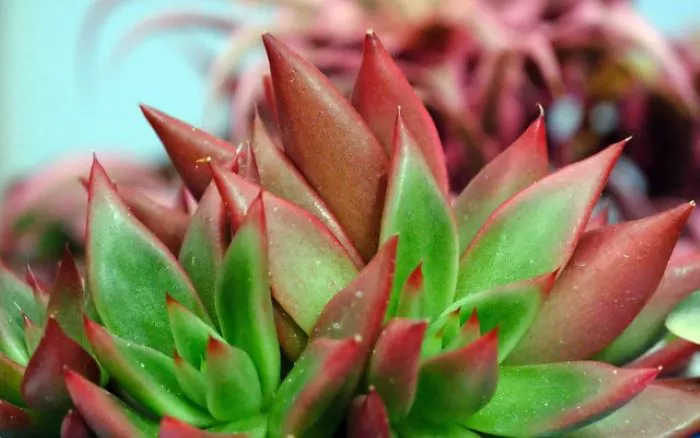Creating a succulent garden outside can be a rewarding and enjoyable project. Succulents are low-maintenance plants that thrive in various climates. They come in diverse shapes, sizes, and colors, making them a beautiful addition to any outdoor space. This article will guide you through the process of designing and maintaining a succulent garden.
Understanding Succulents
Succulents are plants that have adapted to store water in their leaves, stems, or roots. This characteristic allows them to survive in dry conditions. Common types of succulents include aloe, agave, sedum, and echeveria. Each type has unique features, making them suitable for different garden styles.
Choosing the Right Location
The first step in creating a succulent garden is selecting the right location. Succulents require plenty of sunlight to thrive. Aim for a spot that receives at least six hours of direct sunlight each day. A south-facing area is often ideal. Ensure the location has good drainage to prevent water from pooling around the plants.
Preparing the Soil
Succulents prefer well-draining soil. Regular garden soil can retain too much moisture, leading to root rot. To create the perfect soil mix, combine equal parts of potting soil, coarse sand, and perlite or pumice. This mixture will allow for proper drainage while providing essential nutrients.
Designing Your Garden
When designing your succulent garden, consider the layout and plant selection. You can create a formal arrangement with specific patterns or a more natural look with random placements. Group plants with similar water and sunlight needs together. This will make maintenance easier.
Choose a variety of succulents to create visual interest. Consider different shapes, sizes, and colors. Taller plants can serve as focal points, while smaller varieties can fill in gaps. You can also incorporate decorative rocks or gravel to enhance the aesthetic appeal.
Planting Succulents
Once you have your design in place, it is time to plant. Dig holes in the prepared soil that are slightly larger than the root balls of your succulents. Gently remove the plants from their pots and place them in the holes. Fill in around the roots with soil, ensuring that the plants are stable. Water the plants lightly after planting to help them settle in.
Watering Guidelines
Succulents require less water than many other plants. Overwatering is a common mistake that can lead to root rot. Allow the soil to dry out completely between waterings. During the growing season, which is typically spring and summer, water your succulents once every two to three weeks. In the fall and winter, reduce watering even further, as the plants enter a dormant phase.
Mulching and Maintenance
Applying a layer of mulch can help retain moisture and suppress weeds. Use small gravel or decorative stones that complement your garden design. This will also enhance drainage.
Regular maintenance is essential for a healthy succulent garden. Remove dead leaves and spent flowers to prevent pests and diseases. Check for signs of pests, such as mealybugs or aphids, and treat them promptly. If you notice any rotting plants, remove them from the garden to protect the others.
Seasonal Care
As seasons change, your succulent garden may require different care. In colder climates, consider protecting your succulents during winter. You can cover them with frost cloth or bring potted succulents indoors. In warmer climates, ensure that your plants receive enough water during hot spells.
Propagation Techniques
One of the joys of having a succulent garden is the ability to propagate new plants. Many succulents can be easily propagated from leaves or offsets. To propagate from leaves, gently twist a healthy leaf from the plant and let it dry for a few days until a callus forms. Then, place the leaf on well-draining soil and mist it lightly. Roots will develop over time, and new plants will grow.
Conclusion
Creating a succulent garden outside is a fulfilling project that can enhance your outdoor space. With proper planning, preparation, and care, you can enjoy a vibrant and thriving garden. Remember to choose the right location, prepare well-draining soil, and select a variety of succulents to create an attractive design. By following these guidelines, you will cultivate a beautiful succulent garden that can thrive for years to come. Enjoy the process and the beauty that succulents bring to your landscape.


